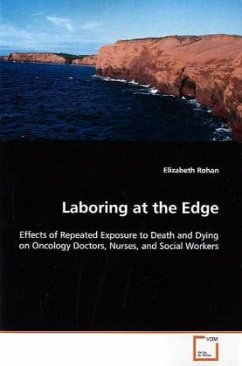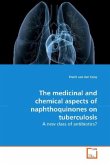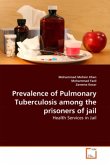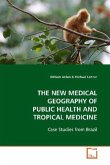Cancer is a major health concern worldwide. In the
United States alone, it is the second leading cause
of all deaths. Oncology physicians, nurses, and
social workers each play a different but important
role in helping persons with cancer and their
families bear the burden of this potentially
life-threatening illness. As a result of the high
level of emotional intensity involved in their work,
oncology clinicians may be at risk for experiencing
negative emotional side effects, such as vicarious
traumatization, also called secondary traumatic
stress or compassion fatigue. While theoretical
literature posits that oncology professionals
experience vicarious traumatization, the empirical
literature does not clearly demonstrate this
phenomenon. This book seeks to bridge this gap. Both
quantitative and qualitative methods are used in this
comprehensive mixed methods study of 184 oncology
doctors, nurses, and social workers that examines the
effects of repeated exposure to death and dying on
these clinicians. This analysis should be especially
useful to oncology health care professionals;
medical, nursing, and social work students; and those
interested in the sociology of the professions.
United States alone, it is the second leading cause
of all deaths. Oncology physicians, nurses, and
social workers each play a different but important
role in helping persons with cancer and their
families bear the burden of this potentially
life-threatening illness. As a result of the high
level of emotional intensity involved in their work,
oncology clinicians may be at risk for experiencing
negative emotional side effects, such as vicarious
traumatization, also called secondary traumatic
stress or compassion fatigue. While theoretical
literature posits that oncology professionals
experience vicarious traumatization, the empirical
literature does not clearly demonstrate this
phenomenon. This book seeks to bridge this gap. Both
quantitative and qualitative methods are used in this
comprehensive mixed methods study of 184 oncology
doctors, nurses, and social workers that examines the
effects of repeated exposure to death and dying on
these clinicians. This analysis should be especially
useful to oncology health care professionals;
medical, nursing, and social work students; and those
interested in the sociology of the professions.








